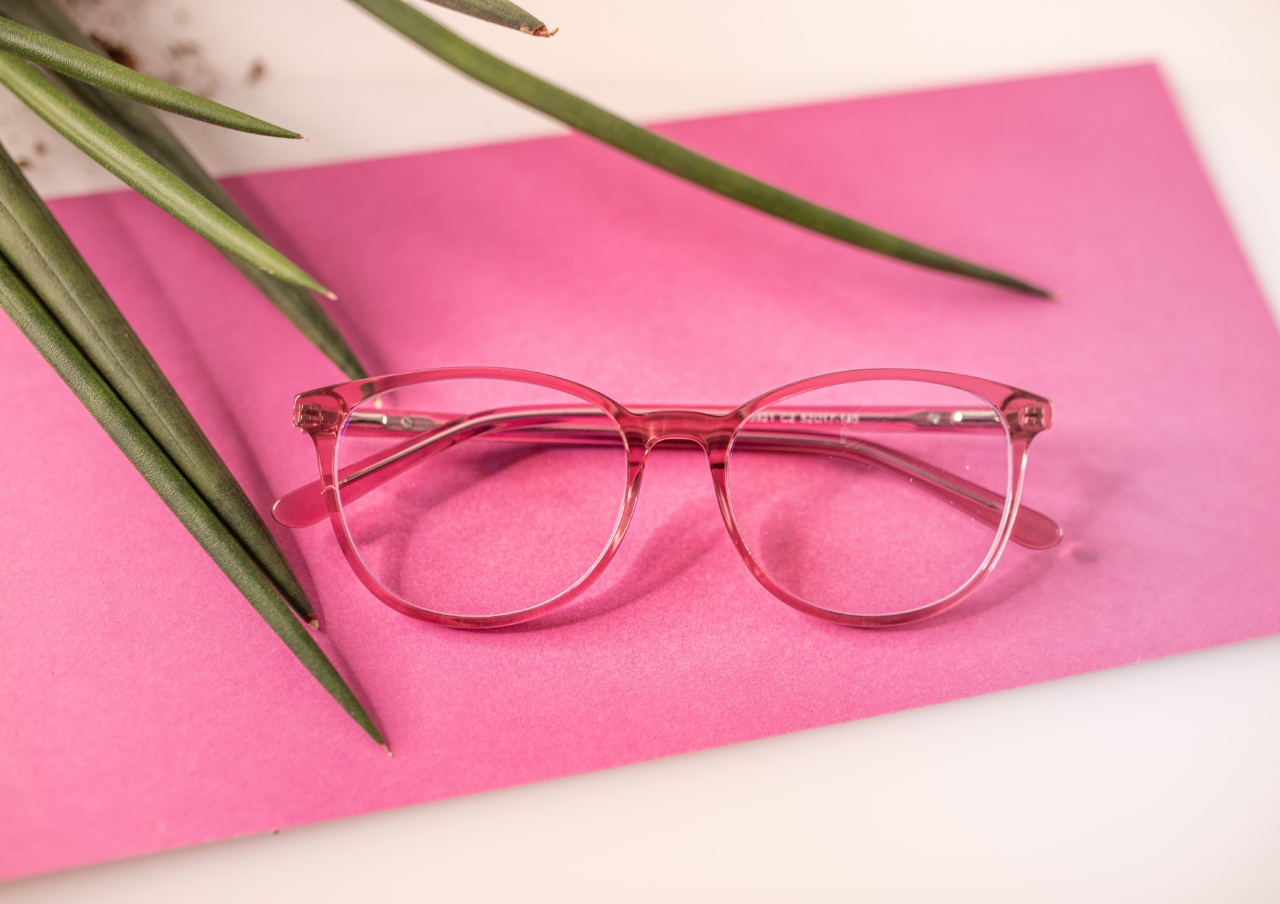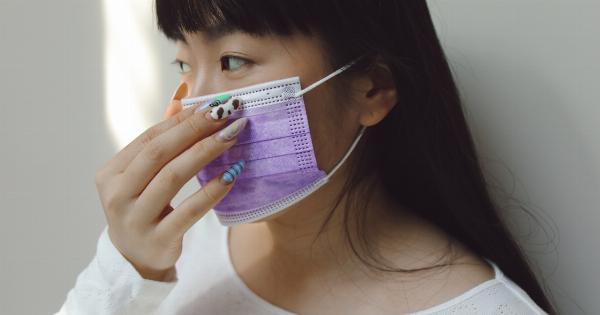Blindness is a devastating condition that strips away the ability to see and experience the world around us.
While many cases of blindness are caused by age-related macular degeneration, glaucoma, or cataracts, there are other less-known risks that can lead to permanent loss of vision. One such risk is the presence of thorny objects in our environment and improper use of contact lenses.
In this article, we will delve into the dangers associated with these risks and explore preventive measures that can help safeguard our precious eyesight.
Dangers of Thorny Objects
Thorny objects, be they plants, branches, or even household items, pose a significant threat to our eyesight.
The sharp points can easily pierce through the delicate tissues surrounding the eye, causing severe injuries that can lead to partial or complete blindness. It’s important to be aware of the potential hazards and take precautions to minimize the risk of such accidents occurring.
Preventing Eye Injuries from Thorny Objects
To protect our eyes from the dangers of thorny objects, it’s crucial to follow these guidelines:.
1. Wear Protective Eyewear
When engaging in activities where there is a risk of encountering thorny objects, such as gardening or woodworking, always wear appropriate protective eyewear.
Safety goggles or glasses with polycarbonate lenses provide a physical barrier that can prevent objects from penetrating the eye.
2. Be Cautious of Surroundings
Stay vigilant and be mindful of your surroundings, particularly when navigating through areas where thorny vegetation may be present.
Avoid walking barefoot and consider wearing closed shoes to protect your feet and reduce the risk of stepping on thorns that could potentially flick up into your eyes.
3. Trim and Maintain Greenery
If you have thorny plants or trees in your garden, ensure they are regularly pruned and maintained. By doing so, you minimize the chances of accidental contact with sharp branches or thorns.
4. Secure Household Items
Knives, scissors, or any other objects with sharp edges should be stored securely and out of reach from children, reducing the likelihood of accidents that can result in eye injuries.
The Risks of Improper Contact Lens Usage
Contact lenses have become a popular alternative to glasses due to their convenience and ability to correct a wide range of vision problems.
However, many contact lens wearers are unaware of the risks associated with improper usage and care, including the potential for permanent vision loss.
1. Inadequate Hygiene
One of the most common mistakes contact lens wearers make is not following proper hygiene practices.
Failing to wash hands thoroughly before handling lenses or using unclean lens cases can increase the risk of eye infections, corneal ulcers, and other sight-threatening conditions.
2. Extended Wear Beyond Recommended Limits
Extended wear lenses are designed to be worn continuously for a specific duration, usually a maximum of one month. However, some individuals tend to push beyond these limits, wearing their contacts for more than the recommended time.
This can lead to hypoxia or reduced oxygen supply to the cornea, potentially causing severe corneal damage and vision problems.
3. Incorrect Cleaning and Storage
Proper cleaning and storage of contact lenses are essential to remove bacteria, proteins, and other foreign substances that can accumulate on the surface.
Failing to clean lenses properly or using improper cleaning solutions can increase the risk of eye infections and other serious complications.
4. Sleeping with Contact Lenses
Sleeping with contact lenses is a common mistake that many people make, especially after a long day or a late night out.
This habit restricts oxygen from reaching the cornea and increases the risk of infection, corneal ulcers, and potentially permanent vision loss.
How to Safely Use and Care for Contact Lenses
To minimize the risks associated with contact lenses, follow these essential guidelines:.
1. Practice Proper Hygiene
Always wash your hands with soap and water before handling contact lenses. Avoid using any products that could introduce harmful bacteria to your eyes, such as tap water or saliva, to clean or moisten your lenses.
2. Adhere to Replacement Schedules
Replace your lenses as instructed by your eye care professional. Whether you use daily, weekly, or monthly disposable contacts, following the recommended replacement schedule helps maintain lens cleanliness and minimizes the risk of eye infections.
3. Clean and Store Lenses Correctly
Use only the recommended cleaning solutions specifically designed for your type of contact lenses. Rub and rinse your lenses thoroughly before storing them in a clean case. Replace your lens case regularly to prevent bacterial growth.
4. Never Sleep with Contact Lenses
Always remove your contact lenses before going to bed, even if they are approved for extended wear. If you need vision correction while sleeping, discuss with your eye care professional about alternative options, such as orthokeratology lenses.
Conclusion
Protecting our eyes from potential risks is vital to maintaining good eyesight and avoiding the devastating consequences of blindness.
By being cautious of thorny objects in our environment and observing proper usage and care of contact lenses, we can significantly reduce the risks associated with these dangers. Remember, prevention is key when it comes to safeguarding our vision.






























